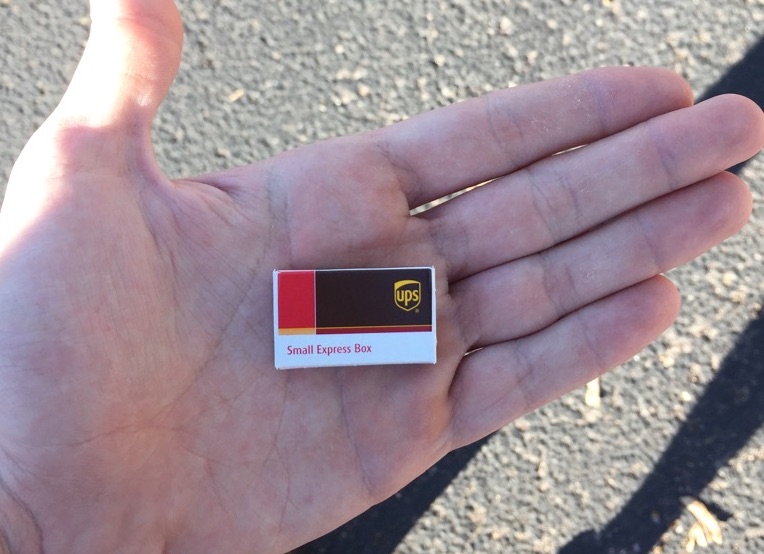
The ecommerce community is up in arms about Amazon’s drive to eliminate “CRaP” products from their business. CRaP is the acronym for “Can’t Realize a Profit,” and it speaks to the poor unit economics of many products live within the Amazon catalog. Amazon prides itself on driving “customer ecstasy” through experiences driven by world-class, data-driven operations. But even Amazon (and given their immense scale, especially Amazon) must balance the cost of customer delight against the realities of highly variable costs and the impact of those costs on profitability and economic viability.
So too for every digital-first consumer business.
At SoundCommerce, we truly believe that Direct-to-Consumer (D2C or DTC) brands are uniquely positioned to change the world — with authentic story and purpose, distinctive product, unique control over customer experience, and that direct relationship with the end customers providing real-time and predictive insights into demand and behavior.
But D2C brands are uniquely exposed to existential risk.
“D2C brands are uniquely exposed to existential risk.“
First, by virtue of the scope of operations spanning from product design and manufacturing to the shopper doorstep experience. there’s a lot going on and endless ways to end up upside down.
This is also a result of the outsized role that variable expenses play in driving (or killing) the business. Gross margin return on ad spend might only come from a customer’s second or third purchase. Deliveries from west coast to east might never be profitable.
We’re talking about the three core cost drivers of the D2C model:
- Production including product design and manufacturing or sourcing that drives cost of goods sold (COGS).
- Digital marketing for acquisition and retention
- Fulfillment and delivery to the shopper doorstep
How these functions are handled from moment to moment determines the balance between a profitable order and a great customer experience.
Let’s dig into the modern approach to measuring D2C unit economics, and in our next post we’ll address each of these cost drivers one by one.
Managing Commerce to Real-Time Unit Economics
Running your D2C brand operations like Amazon means building a profitability waterfall for every customer, order, shipment, inventory unit, and product SKU. The power of the machine learning that Amazon applies to decisioning is apparent as granular metrics are modeled predictively, and checked in real-time as orders and units flow.
The traditional approach here, antithetical to fast-moving, hypergrowth brands — is to build your multi-year forecast and manage the numbers to broad averages, known and actionable only when finance closes the books at the end of the month. The problem is that steering input comes from the rear view mirror, and information is often 30, 45, or 60 days old by the time it arrives. Top-down, peanut butter allocation of variable revenue, costs, and profits prevents optimization at the unit level.
There is a better way. A bottom-up, real-time and predictive approach to operational costing that incorporates actual revenues and costs at the unit level is the only way to understand which products, orders, customers, and shipments contribute to or detract from profitable growth.
“A bottom-up, real-time approach to operational costing — utilizing actual revenues and costs at the unit level — is the only way to understand which products, orders, customers, and shipments contribute to or detract from profitable growth.”
Given the nature of the modern cloud stack, it is now practical to track unit-level revenue, costs, and margin as events occur — comparing actuals to forecast moment-by-moment and acting in real time on the information.
Contact us at SoundCommerce to modernize your operations, improve customer experiences, and profitably grow your brand.
Join us next post as we dig into strategies for production, digital marketing, and fulfillment operations — to maximize customer experience and build enterprise value for your brand.
